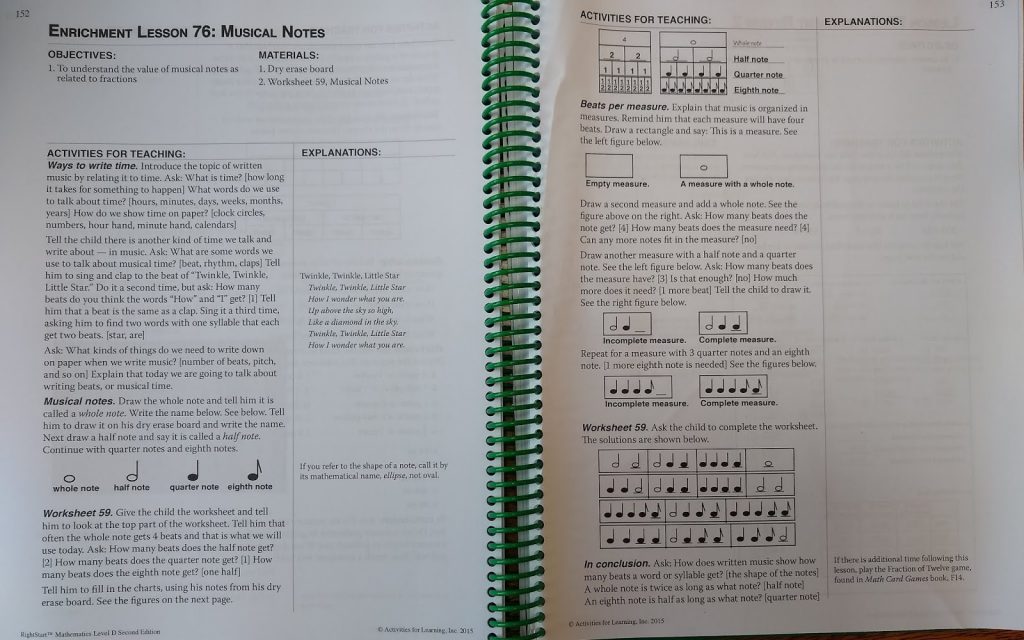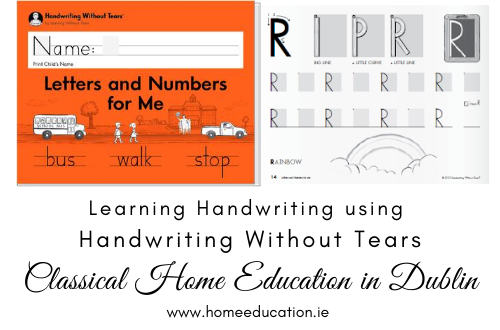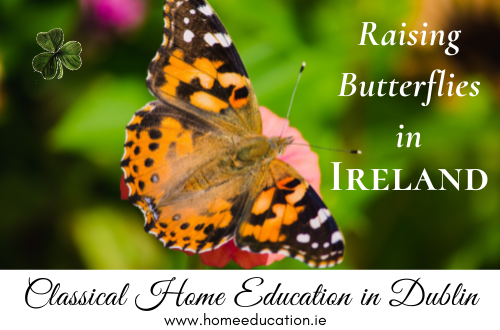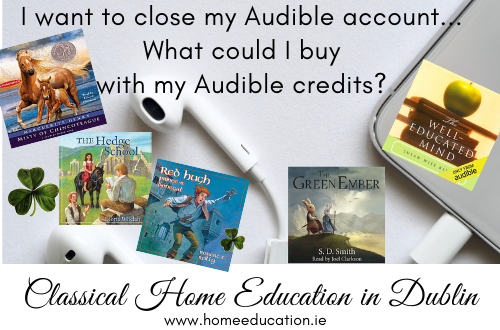Learning to Play the Piano in our Home
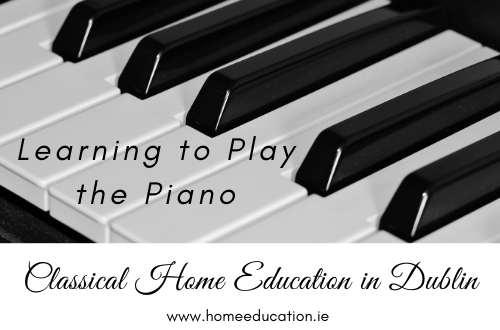
Why? ~ Introduction to Music ~ Our Piano ~ Piano for littles ~ Piano apps for a bit older ~ Starter Piano Song Books ~ Further Thoughts ~ Relationships
“Music gives a soul to the universe, wings to the mind, flight to the imagination and life to everything.” – Plato
Like every subject in our homeschool, I think it is important to think about the ‘Why’. For us, it’s not about our child being a concert pianist or being in a band, although that may become their interest in the future. For me, it’s about giving my children the opportunity to be able to make beautiful music and most importantly enjoy it.
I understand why some families want their child to focus on learning pieces to work through piano grades, but that wasn’t for us, at least while they are in primary school. My daughter really wanted to play and sing along. My son just enjoys playing familiar songs.
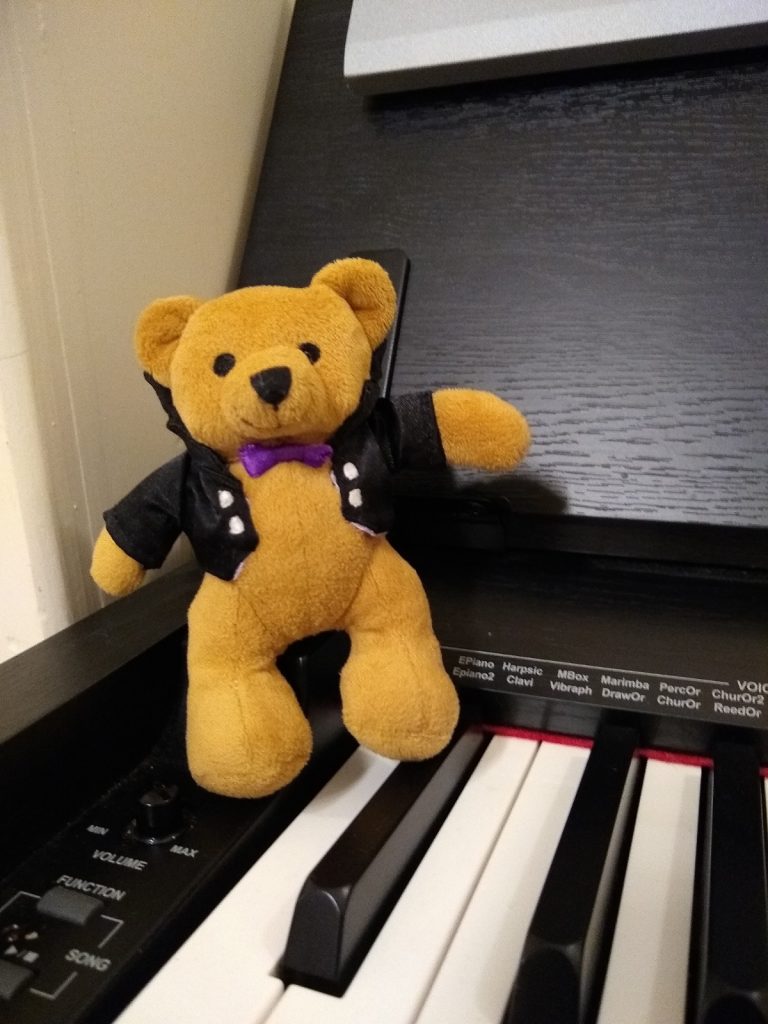
It is lovely to sit here and write as I listen to my daughter sing Amazing Grace while playing it on the piano. I have always loved live music and there is something particularly special about listening to beautiful music made by our own children.
Introduction to Music
When I first wanted to be able to give my children this opportunity I sent my daughter off to an ‘Introduction to Music’ five-day summer camp. The one she went to was in the Castleknock School of Music. My younger son did a similar class, but weekly with a friend in the Ratoath School of Music. In both options, children get to try a variety of instruments and learn some basics of rhythm, notation, etc. Having tried a few instruments at her camp, my daughter enjoyed piano the most and asked to learn it. I was quietly glad of this as I think the piano is a great instrument to start with, and I am not keen on listening to a badly played violin! Each of my children also did a lovely pre-instrumental class for pre-schoolers. It was a weekly drop-in class, which they loved. It was interactive and fun with a lovely teacher, and had them singing, tapping and clapping to the beat, stretching up on high notes and getting down low on low notes and that sort of thing. I felt these were a good use of their time, while I enjoyed a peaceful cup of tea.
Our Piano
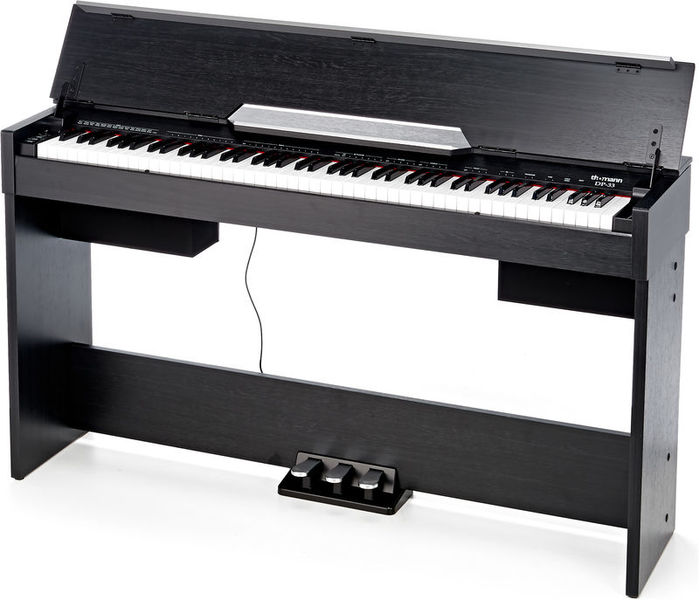
I was blessed to have help from a friend in buying a piano and in having Thomann recommended to us. Everyone who has been into my home has been surprised at the quality of our piano given the price we paid. It makes a beautiful sound, has the weighted keys needed for learning to play properly and many other features. One thing I particularly wanted was a solid cover that could shut given I had a toddler at the time and don’t they regularly have sticky fingers? I’m sure we would have had a lot more coins between keys and the like without the lid! Thomann has free delivery on their pianos. We bought ours as a set with stool and headphones. You can still find the set we have, Thomann DP-33 B, here.
One of the selling points I was given when buying this was that my children could practise with the headphones on so I wouldn’t have to listen. We have never used the headphones! I have never even taken them out the packet. I so love listening to my children practise. Early on I needed to be doing the practice with them or at least listening to what they are doing. Now I can just enjoy my daughter’s playing. I think this is partly that we picked real songs we like to play, and the app we use, Yousician, has nice songs.
Another selling point was that a digital piano does not needing tuning, whereas a traditional piano can need to be tuned annually and this is quite an expense. If one of my children gets to a level where it would make sense to invest in a traditional piano, we will investigate that investment then. In the meantime, I am very happy with the investment we made in this piano.
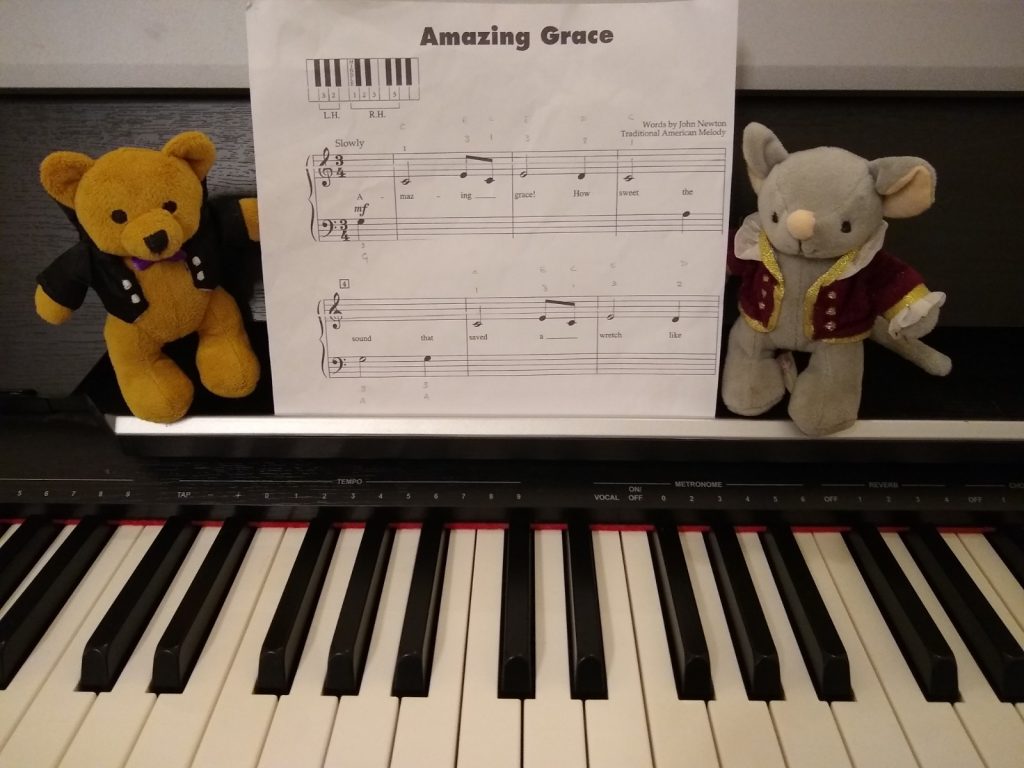
Piano for littles
The first piano learning product we bought was the Music for Little Mozarts set (Amazon). The set came with little soft Mozart Mouse and Beethoven Bear toys which are placed respectively on the high and low keys as part of the initial lessons. Even now, before each lesson can begin, Mozart Mouse and Beethoven bear get put carefully in place to listen to the lesson. This product is now recommended for ages 4 to 6 but when I bought it it was recommended for age 3 to 6 and as I had a 3-year-old and a 5-year-old at the time this seemed perfect. It’s not just an introduction to piano but also a music appreciation course. Mine loved the programme. You can see a detailed sample here.
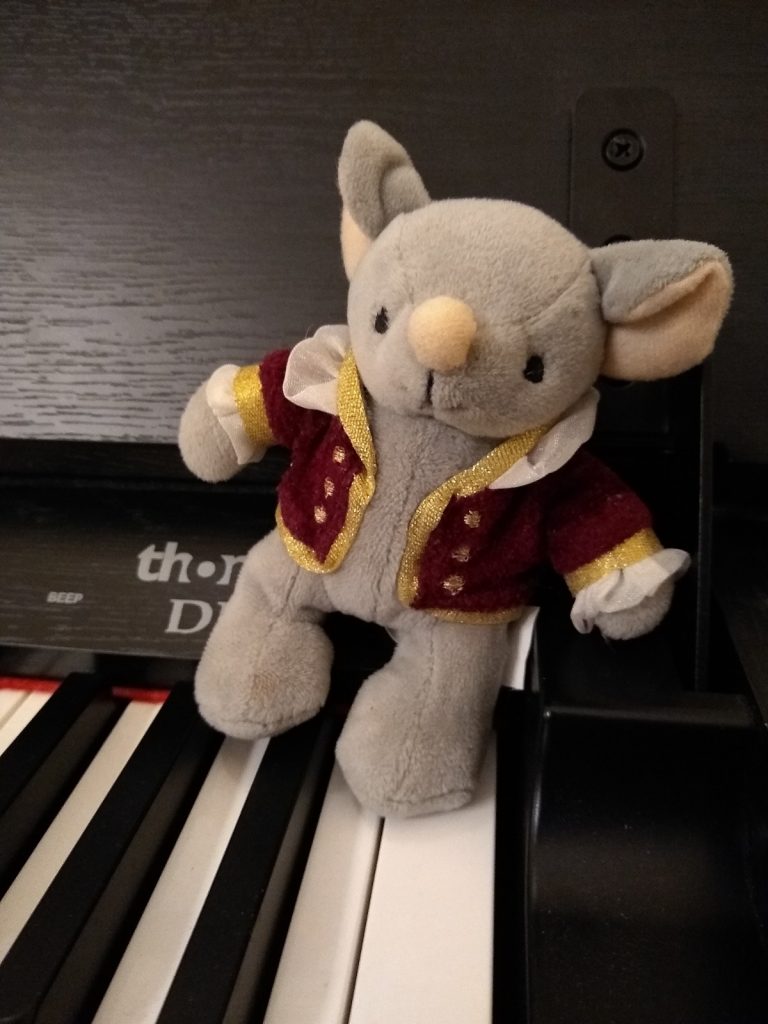
We finished this package, but I wanted hand-holding for the next step too, as I don’t know how to play myself, although I am learning as a result of this process! I looked around and asked for recommendations. Next, I purchased E-media My Piano as a download for €20.
Technically you are supposed to be able to plug the cable from the laptop into the piano so that the software can confirm you are pressing the correct keys. I never got around to sorting out a cable but I did find the software useful. My daughter enjoyed it and then my son enjoyed some of it. This software is aimed at age 5+ and moves slowly and carefully. I was happy with it.
Piano apps for a bit older
The software I had regularly seen recommended was JoyTunes’ Piano Dust Buster, but we do not have an iPad and I wasn’t at the point to purchase one. Although if you have an iPad this would seem a better option than EMedia. Later that company finally brought out an app for Android – Simply Piano. Simply Piano seems to be fairly different from Dust Buster, from the videos I have seen.
The first lessons on Simply Piano are free and so we tried it out it. The app tells you whether you are playing the correct notes with no cables (a much better fit for me!). It is quite straightforward and definitely more suited to about age 7 or 8 plus. There’s no “fun” characters or activities with this. It’s very to the point. My daughter did not like the constant Krr sound with a “You need more practice” comment each time she didn’t get through a line. Something more gentle is more up her street. Unfortunately, it’s a subscription service whereas their iPad app is a once-off purchase. I much prefer to buy outright, especially given the curve balls life can throw at you. Simply Piano was more independent, which is more possible at this age.
However, the app which I would recommend is Yousician. Simply Piano gives a slower introduction than Yousician so I think their free lessons are actually worth doing, however past the first few lessons, I think Yousician is better. Like Simply Piano there are no cables. Yousician confirms that you are hitting the right note and that you are hitting it at the right time. Neither can confirm that you are holding the key for the correct length of time though, or more complex play. It is interesting to see my daughter’s ear developing when she says how something doesn’t quite sound right. At these times we have asked friends who can play for advice. I prefer the songs in Yousician and the layout works really well.
My daughter has progressed through the levels in Yousician. Generally, a child will move through earlier levels more quickly. At later levels, with more complicated songs it takes much more practise to master the songs. You do not need every note perfect to move forward, but you need to have achieved a certain level of proficiency in the songs before you can move to the next levels. There are a few different songs in each level and there is some choice on which to practise the technique for that level. You receive white stars if nearly correct and gold for perfect. You can alternatively take a skill test to move to a higher level.
Update: Yousician has completely changed their app. Previously you could choose a classical or a pop route. Now they are combined and you have to do both to show the level as done. You no longer need to complete the lessons to mark as done and move on. The later levels are now always open. However, this was a disadvantage as my son could just skip about haphazardly and totally miss concepts that came up in higher levels. My children are too young to be interested in the pop songs and the chords were too challenging for my son’s small hand, so we stopped.
However, you can use Yousician for 10 minutes a day for free which gives you a good opportunity to see if it would work for you. You can really try it out well, and try it out for a long time, before (if) you decide to sign up. My daughter was moving to longer practise sessions and when the Black Friday sale came up I bought a year’s subscription, despite my dislike of subscriptions. I am glad we used Yousician on the old app, as it was a good teaching tool in our home. My daughter was further along when we stopped and could help her brother with songs they were interested in learning. She is learning violin and they are learning to play together, on the piano and violin now. It is lovely to see them enjoying working and learning together as a shared experience, and really fulfils the hope I had when I started this journey.
I know Hoffmann Piano and I see it recommended, but it wasn’t for us. A friend purchased a subscription which gave her the opportunity to give a friend a subscription and she generously let us try it out. I much prefer an app which provides feedback and clarifies that my children have pressed the correct key at the correct time. It was too easy for them to click done for the practice part of the lesson without actually having done enough practise to master.
Starter Piano Song Books
A lovely book, Five Finger Piano – My First Hymn Book (Amazon) was recommended by yet another friend. If hymns aren’t your thing, they have lots to choose from including various Disney songs and a Christmas book. I’m so grateful as this is the book from which my daughter learnt to play a simplified Amazing Grace (pictured below). We are learning the hymns in this book so my children can sing hymns they can also play – my daughter loves this.
When you first look at the list of Charlotte Mason subjects it can be daunting, at least for me, but as you get your feel for it, and appreciate how subjects like learning an instrument, music appreciation and hymn study end up complimenting each other it falls into place.
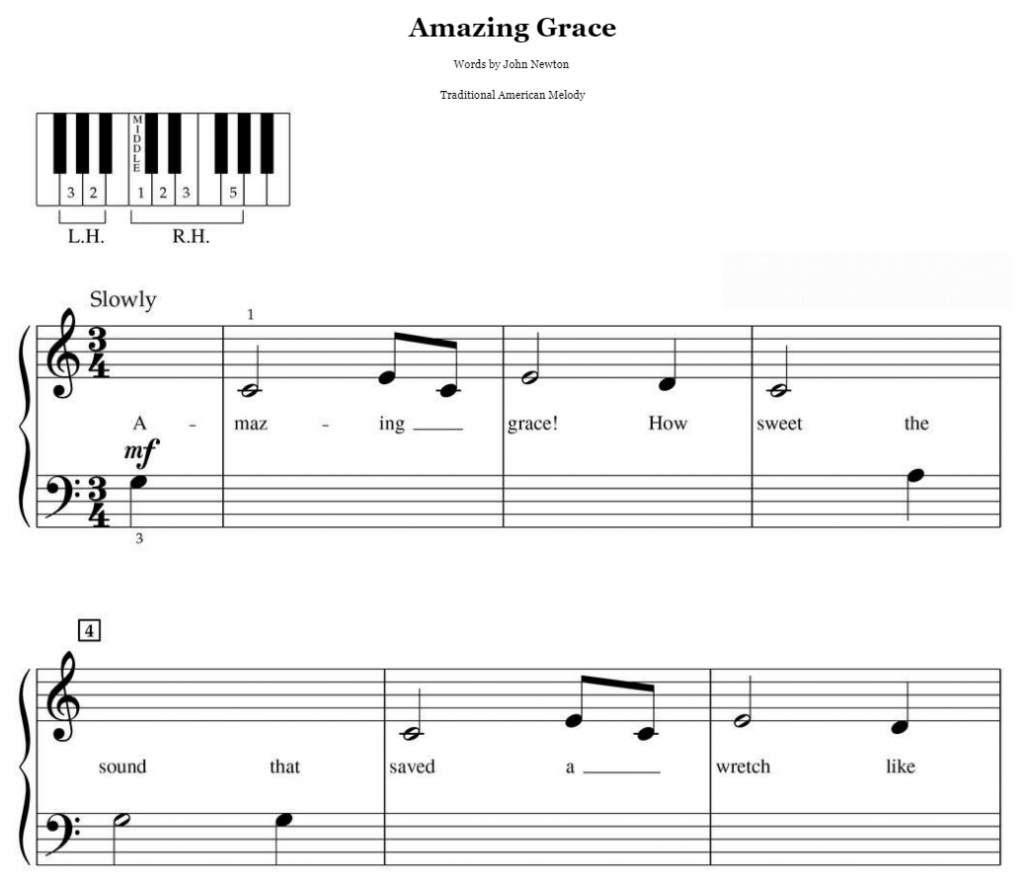
Further Thoughts
I have often felt quite anxious about how we have gone about learning to play the piano. People have strong opinions on learning to play, which are often quite contrary to each other. Piano lessons with a teacher, being one to one, can be expensive and I felt spending €20 weekly for 20 minutes, because really that’s the attention span of a 5 or 6-year-old, to be encouraged to press C D E and strengthening their little fingers, did not make sense for us. When my daughter is further along and desires lessons, we will organise that, but we haven’t got to that point yet.
About the only thing people agreed on was practice. For us, over time I have tried to make sure my daughter practises four days a week for a minimum of 10 minutes, and I’m doing the same now with my son. I’m sure my daughter would be further along if she had practised more often when she was younger, but I’m happy with her progress. I had to be consistent in reminding her to practice when she was younger. Now the 10 minutes is forgotten, as she gets into the song she is working on, challenging herself.
When I was first looking for advice a mom of four told me her first went for lessons and then taught the next youngest, so the next youngest started lessons much later, and this continued down with each starting lessons later as the older sibling to each did a great deal of the initial teaching and support with practice. Although we did not just start lessons for that early part with my oldest, mostly because now we have these apps and software which were not around 10 years ago, I think this advice is both helpful and comforting, especially if you have more children and looking at the price of lessons and multiplying it for all of them.
Relationships
As we follow a Charlotte Mason approach, we do not do unit studies. However, a Charlotte Mason approach brings a wide feast of subjects. In addition to learning to play, we also do Music Appreciation which I will write more about in the future. Music is, of course, related to Maths and so even our Maths curriculum RightStart includes references to music. Here is an enrichment lesson from level D which brings in the relationships between music and maths, specifically fractions in this lesson.
